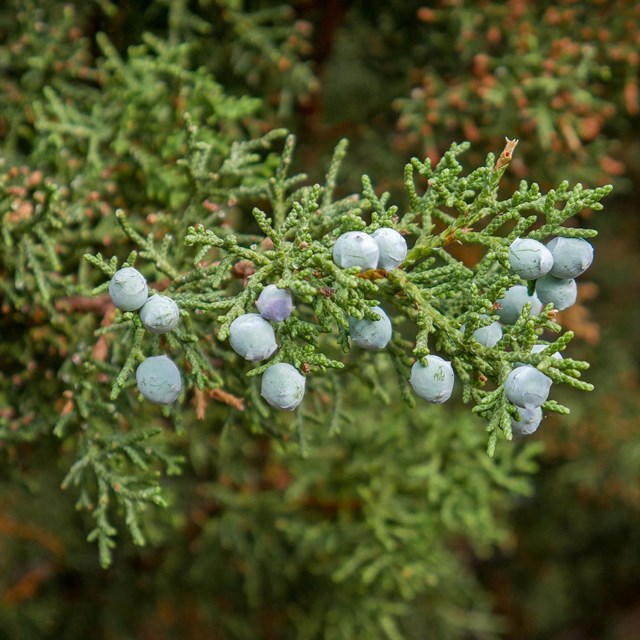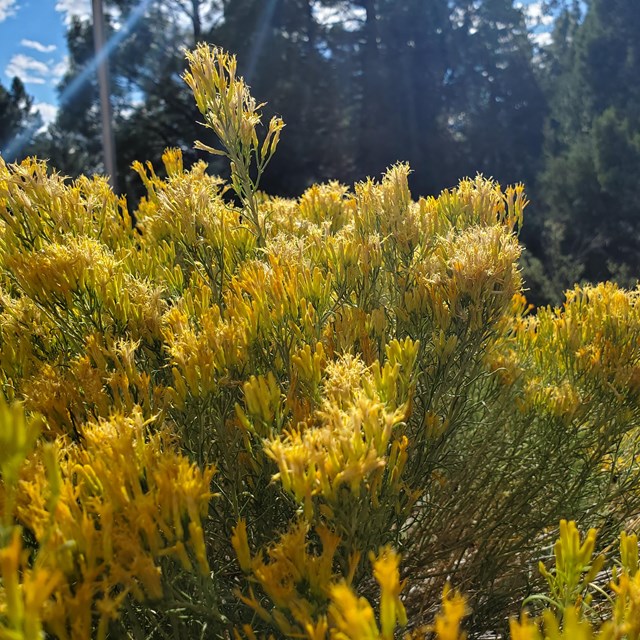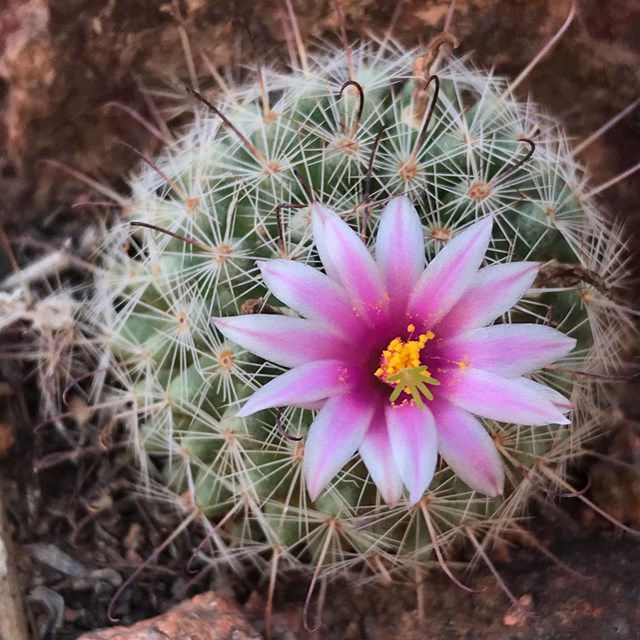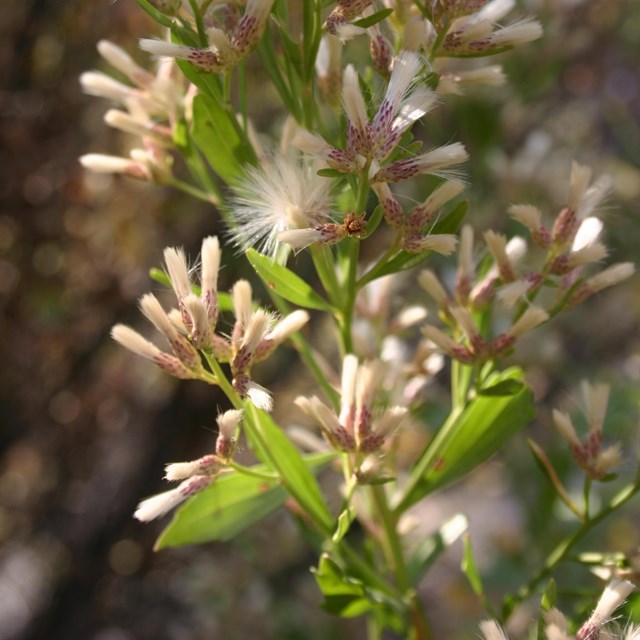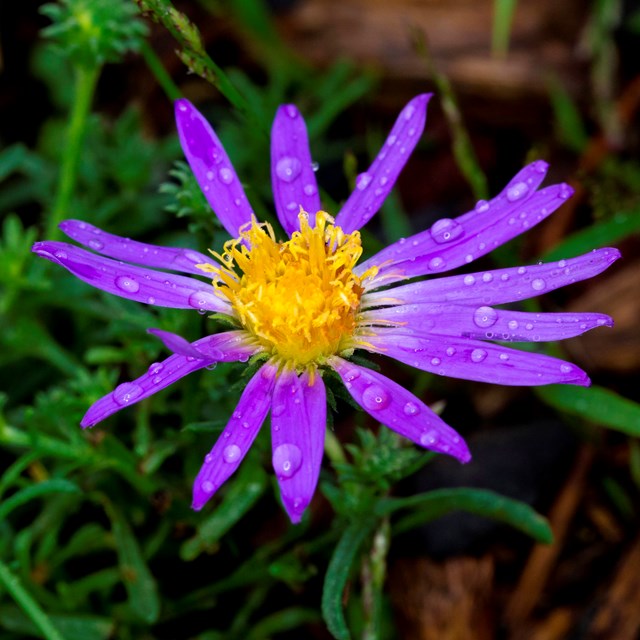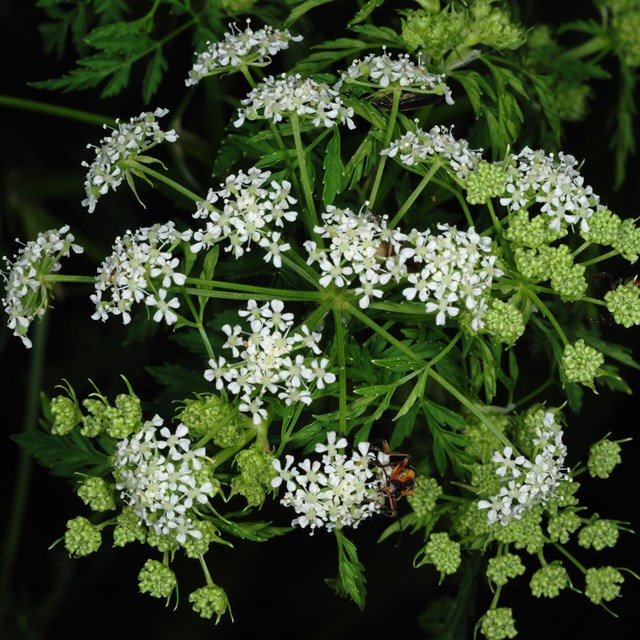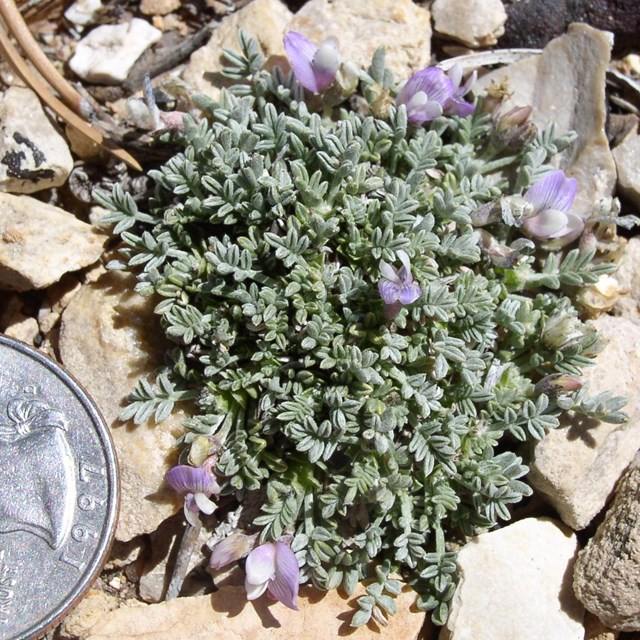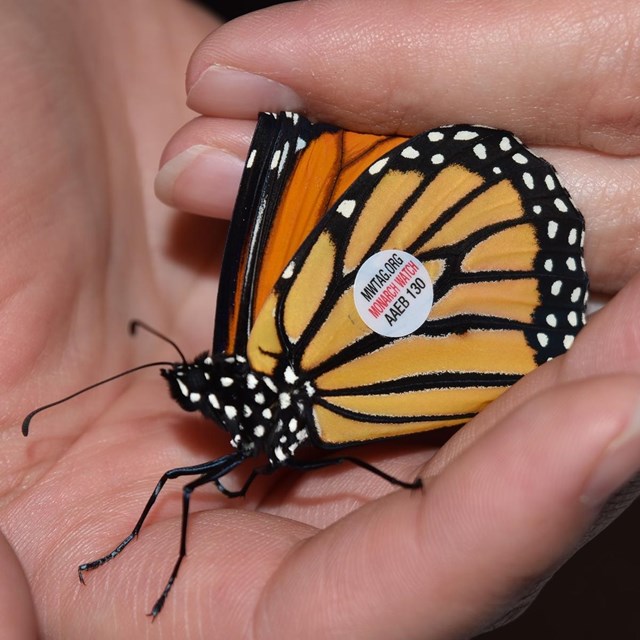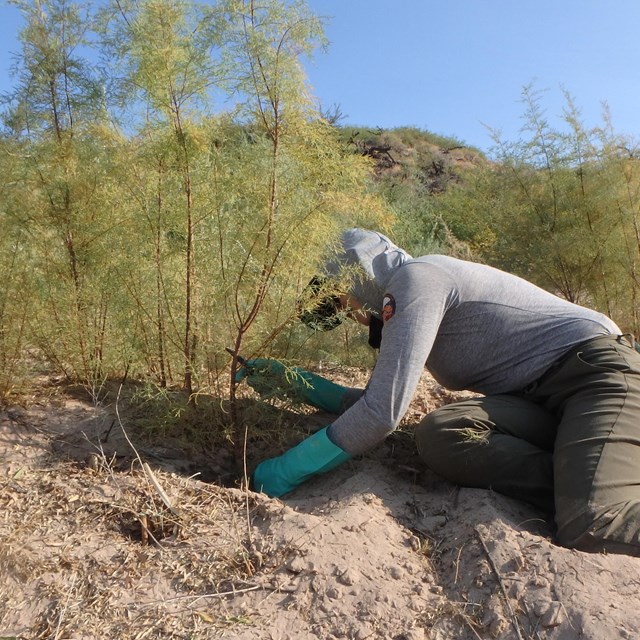Definitions
Occurrence
Occurrence values are defined below. One or more Occurrence Tags may be associated with each Occurrence value.
Present: Species occurs in park; current, reliable evidence available.
Probably Present: High confidence species occurs in park but current, verified evidence needed.
Unconfirmed: Species is attributed to park but evidence is weak or absent.
Not In Park: Species is not known to occur in park.
Occurrence Tags
Adjacent: Species is known to occur in areas near to or contiguous with park boundaries.
False Report: Species was reported to occur within the park, but current evidence indicates the report was based on misidentification, a taxonomic concept no longer accepted, or other similar problem of error or interpretation.
Historical: Species' historical occurrence in park is documented. Assigned based on judgment as opposed to determination based on age of the most recent evidence.
Abundance
Abundant:
- Animals: May be seen daily, in suitable habitat and season, and counted in relatively large numbers.
- Plants: Large number of individuals; wide ecological amplitude or occurring in habitats covering a large portion of the park.
Common:
- Animals: May be seen daily, in suitable habitat and season, but not in large numbers.
- Plants: Large numbers of individuals predictably occurring in commonly encountered habitats but not those covering a large portion of the park.
Uncommon:
- Animals: Likely to be seen monthly in appropriate habitat and season. May be locally common.
- Plants: Few to moderate numbers of individuals; occurring either sporadically in commonly encountered habitats or in uncommon habitats.
Rare:
- Animals: Present, but usually seen only a few times each year.
- Plants: Few individuals, usually restricted to small areas of rare habitat.
Occasional:
- Animals: Occurs in the park at least once every few years, varying in numbers, but not necessarily every year.
- Plants: Abundance variable from year to year (e.g., desert plants).
Unknown: Abundance unknown
Nativeness
Native: Species naturally occurs in park or region.
Non-native: Species occurs on park lands as a result of deliberate or accidental human activities.
Unknown: Nativeness status is unknown or ambiguous.

